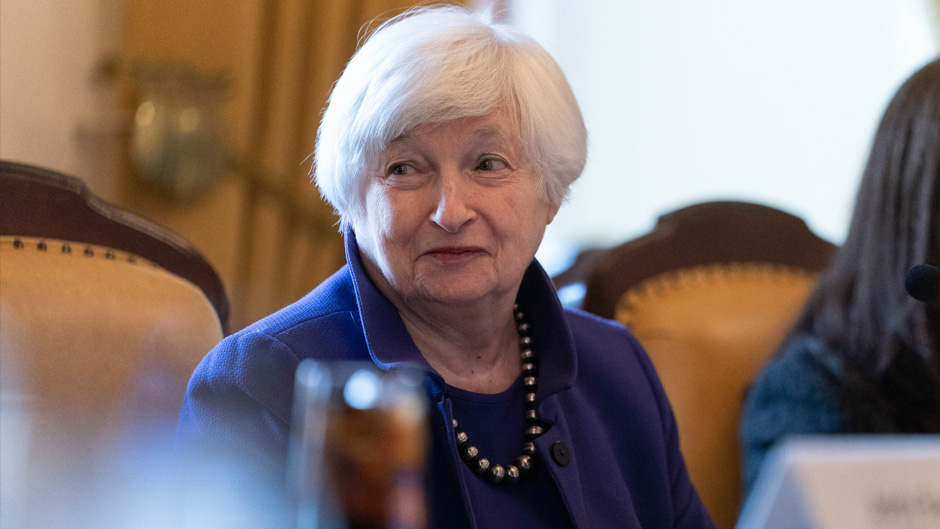U.S. Treasury Secretary Janet Yellen on Thursday announced extraordinary measures the federal government planned to take to stave off a potential default of its loans.
The measures are likely to postpone, at least until summer, any potential government shutdown owing to the debt limit impasse in Congress.
David Andolfatto, professor and chair of the University of Miami Patti and Allan Herbert Business School’s Department of Economics, discussed the importance of the debt ceiling—the amount that the government can borrow to cover its debts. Andolfatto joined the University in July 2022. He was previously employed as the senior vice president and special advisor to the governor of the Federal Reserve Bank of St. Louis.

A default on U.S. debt—considered the bedrock of the global financial system because of its stability—could threaten the global financial system. Since 1960, Congress has acted 78 separate times to permanently raise, temporarily extend, or revise the definition of the debt limit—49 times under Republican presidents and 29 times under Democratic presidents, according to the Treasury Department.
Andolfatto identified congressional leaders as responsible for resolving the impasse and analyzed the implications for individuals and the economy.
What is the debt ceiling and why does it matter?
The debt ceiling was initially put in place by Congress during World War I as a way to allow the Treasury to borrow money without Congressional approval, as long as the total debt outstanding fell below the ceiling. The ceiling matters because the nominal national debt grows as the economy grows. A ceiling would prevent the debt from growing, forcing the government to cut services and payments to U.S. households and businesses, as well as state and local governments.
It seems that we’ve crossed this road before. What makes this situation more dire?
The situation today is a little more dire than before because the U.S. economy is slowing. And while inflation is coming down, it remains elevated. This means the Federal Reserve will likely continue to raise its policy rate, which is likely to further slow the economy. A government shutdown at a time the economy is growing slowly may well push the U.S. economy into recession.
Who are the major stakeholders responsible for this tension?
Our elected representatives in Congress are entirely responsible for these episodes. They pass legislation that requires spending. The spending legislation is put in place with hope or belief that it can be funded either through higher taxes, more debt, or cuts to spending in other areas.
What is the most likely scenario for how this current impasse might play out?
The most likely scenario is that the ceiling is raised at the last minute. If it is not, the government may be forced to delay payments to the people, businesses, and local governments it has promised money to. Ironically, treasury yields are likely to decline, since United States Treasury securities (debt instruments used as an alternative to taxation) will remain in high demand. And with the supply of new securities curtailed, bond prices are likely to rise (yields decline).

